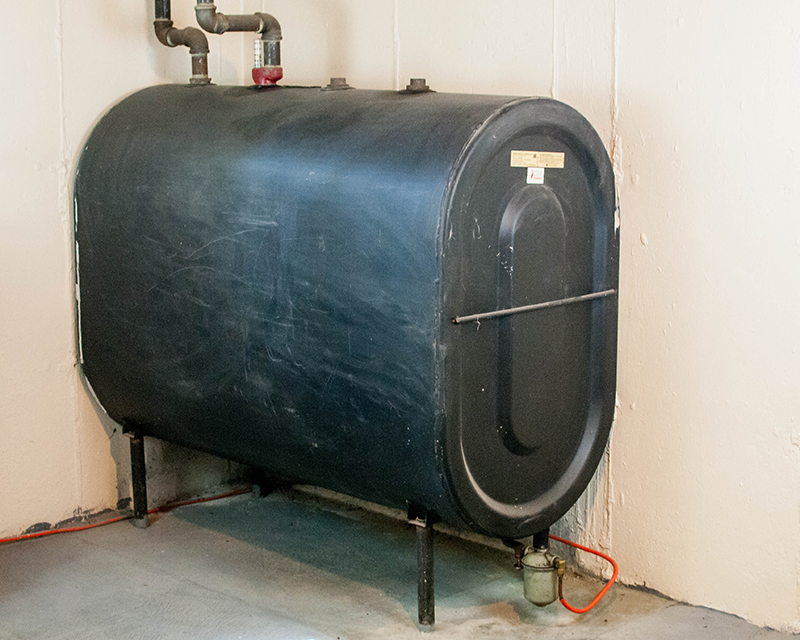The condition of residential oil tanks is seldom looked at by homeowners, yet the tanks are crucial to the comfort and safety of the home. Tank replacement for oil is an important investment that is a must for homeowners since it directly affects the safety of the environment and the infrastructure of the property.

Oil tanks for residential use are the unsung workhorses of any home, providing an unquestionable source of fuel to heat and hot water systems. As time passes, corrosion can set in and cause leaks and environmental hazards. The condition of the oil tank should be assessed by the homeowners and replacement is prioritized in the event of a need. The replacement of oil tanks isn’t only about saving money, it’s essential to make sure that the environment is secure as well as your property is secured and you are able to have constant supply of heating oil.
Be aware of the Cost
The financial aspect of oil tank replacement is a major consideration for homeowners. Costs may differ based on the size of the tank, the complexity of installation, as well as other environmental needs. It is crucial to budget efficiently by getting precise estimates from reputable oil tanks service suppliers. While the initial investment may seem substantial, it’s an essential step to maintain the security and efficiency of the home.
Factors Influencing Replacement Costs
Many factors affect the cost of replacement for oil tanks. The size and the type of tank, its accessibility to the site where installation is taking place, environmental remediation requirements, and compliance with safety and construction codes are all a part of the equation. The homeowners must be aware of the fact the costs of labor and materials are a factor, along with any possible upgrades. A thorough understanding of these aspects allows homeowners to make informed decisions about replacement costs.
Prioritizing Environmental and Safety Considerations
Safety and environmental aspects take place at the forefront of any replacement of oil tanks. Tanks that are old and aging are susceptible to leaks and corrosion and pose a risk of groundwater contamination and soil erosion. If you replace deteriorating tanks you can protect the environment and your property. Additionally, adhering to strict safety guidelines when installing new tanks can prevent injuries and protects the health of the household.
Choosing a Reliable Service Provider
To have a seamless, dependable replacement process, it’s vital to select a trusted service company. The homeowner should hire licensed professionals who have experience in removal of oil tanks and installation. Ideal is a service provider who has a track record of replacing oil tanks and is committed to safety and environmental responsibility. Tank replacements for oil are handled by professionals who are trustworthy and have integrity.
Long-Term Benefits Outweigh Initial Costs
While the initial cost of replacing your oil tank could appear expensive, the benefits you’ll receive in the end are worth every penny. The replacement of old tanks can help homeowners avoid expensive damages to their property and environmental remediation caused by leaks. Tanks that are new offer greater efficiency and safety. They offer peace of mind and a reliable source of heating fuel. In the end, replacing your oil tank is an effective measure which protects your home, promotes green living and provides long-term comfort and safety.
The replacement of oil tanks is more than a financial choice. It is an option homeowners can maintain the safety, efficiency and the environmental integrity of their home. Homeowners are able to make informed choices by evaluating the need for replacing, evaluating associated expenses and prioritizing safety as well as environmental concerns. Homeowners can safeguard their home by proactively maintaining their homes and replacing the old materials in an environmentally responsible manner. This will contribute to a more sustainable and safe living environment.